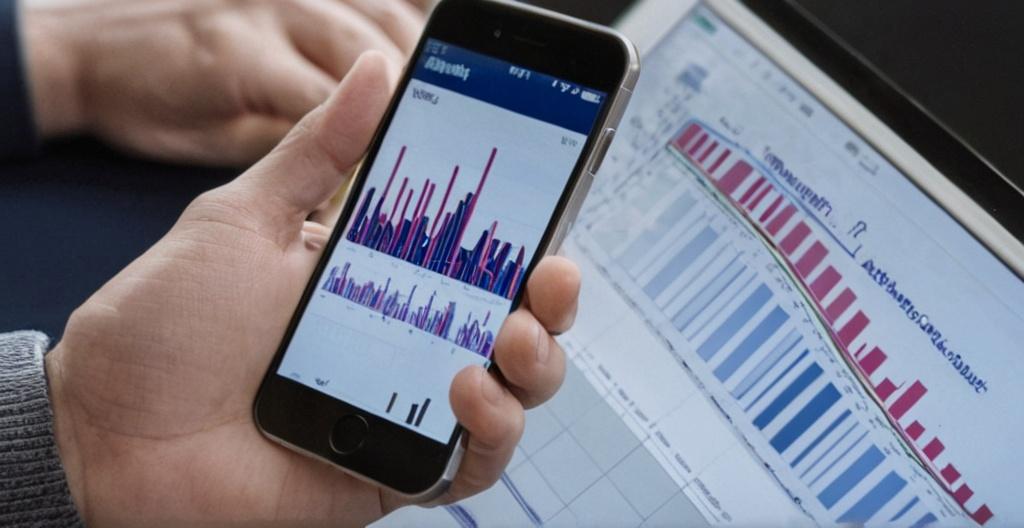Key Take Aways About Social Trading
- Social trading combines social media with financial trading for idea sharing and trade replication.
- Platforms like eToro provide insights into traders’ profiles and strategies.
- Copy trading mirrors another trader’s moves, while mirror trading uses automated systems.
- Offers reduced need for technical analysis and community interaction but carries risks of trader error and transparency issues.
- Technical analysis is crucial; tools like Bollinger Bands, RSI, and Moving Averages are essential.
- Social trading democratizes investing but requires caution and knowledge.

Social Trading: A Different Beast
So, you’ve been getting your feet wet with trading and a new term pops up: social trading. What’s all the fuss about? Social trading is like that group project you always wanted in school but never got. It’s the lovechild of social media and financial trading, giving traders a chance to piggyback on the successes (or failures) of others, all within a community setting.
What Is Social Trading, Anyway?
Let’s get real; it’s not rocket science. It’s just like stalking your favorite Instagram influencer but for finance. Instead of checking out where they got their avocado toast, you’re peeping at what stocks or cryptocurrencies they’re buying. It’s about sharing trading ideas, strategies, and sometimes straight-up copying trades from those you think know more than you do.
How Does It Work?
When you sign up on social trading platforms, you get access to multiple traders’ profiles. Think of these profiles as a peek into someone else’s trading diary, minus the embarrassing entries about bad trades. You can follow traders, view their portfolio performance, and replicate their trades. It’s like karaoke but for trading—you’re repeating someone else’s moves hoping to hit the right notes.
The Nitty-Gritty of Social Trading Platforms
Expect to deal with platforms that let you see what other traders are doing. For example, you have eToro, maybe the poster child for this whole social trading thing. It’s all about letting people share their financial acumen—or lack thereof. These platforms provide a stage for traders to display their prowess without the need to develop a wannabe-Gordon-Gecko persona.
Copy Trading vs. Mirror Trading
Copy trading is like being a loyal fan. You pick a trader whose style you like, and your trades imitate theirs. It’s following the footsteps of your trading idol, hoping their success rubs off on you. Mirror trading, on the other hand, involves automated systems where your account mirrors another’s trading strategy. A bit like teaching a parrot to repeat phrases—easy to do but prone to slip-ups.
Why Bother With Social Trading?
Social trading might seem like playing financial follow-the-leader, but it has perks. You don’t need to be glued to financial news or nail the art of technical analysis. You leverage the experience of others, cutting down on time you’d spend sifting through charts like a Wall Street detective.
Plus, there’s the community aspect—chatting with fellow traders, sharing tips and watching them crash and burn (or soar) with you.
Beware the Pitfalls
Yeah, there’s a catch. While copying a ‘pro’ seems a surefire way to make dough, remember they’re human too. They screw up. And when they do, you’re right there with ’em, potentially losing cash. Successful traders might not always stick to low-risk, high-reward strategies.
As for transparency, not all platforms guarantee it. Numbers can be fudged; we’re not dealing with saints here. Also, the sheer number of people following one trader might impact their strategy, so stay skeptical.
Charting and Technical Analysis in Social Trading
Here comes the meat of the article, the chart enthusiasts stand up. Social trading doesn’t free you from understanding charts and technical analysis. Knowing your support from your resistance or your head from your shoulders (pattern-wise) can give you an edge when deciding which trading strategies to follow.
Does Technical Analysis Matter?
Absolutely it does. Those wiggly lines and colorful candlesticks tell stories, my friend. When following traders or copying trades, understanding these movements can help you spot when a strategy might go south, even if the guru you’re following hasn’t noticed yet.
Essential Tools of the Trade
Charts, indicators, and patterns—these are your bread and butter in the world of technical analysis. Your average Joe or Jane might not dive in-depth, but knowing how to read these can save your skin.
- Bollinger Bands: Great for spotting volatility.
- RSI: To check if something’s oversold or overbought.
- Moving Averages: Helps you see the trend direction.
Integrating Technical Analysis with Social Trading
Why stay at the shallow end when you can dive deep? Marrying your technical analysis skills with social trading insights can transform you from a blind follower to an informed trader.
The Little Guy Gets a Shot
Social trading is leveling the financial playground. It’s democratizing the wealth generation process, letting regular folks, who might not have the time to dig through complex financial data, participate.
The Takeaway
Get comfortable with the idea that social trading isn’t going anywhere. It’s here and rapidly spreading among traders worldwide. While it offers a shortcut, don’t treat it as a free pass to riches. Be cautious, do your homework, and sprinkle in some technical know-how, and you might just turn the odds in your favor. Trading is less about predicting and more about adapting. And remember, social trading is a tool, not a magic wand.